CLIMATE AND BIOGEOGRAPHY IN EUROPE
Beeches. Any of various deciduous trees of the genus Fagus having smooth gray bark, alternatesimple leaves, and three-sided nuts enclosed in prickly burs.
- MARITIME. Found on the western edge, with mild temperatures and little variation.It has a region of abundant precipitations.
- MEDITERRANEAN. Found throughout.It has higher temperatures as well as lower and more irregular precipitations.
- CONTINENTAL. Lower temperatures and huge temperature contrasts because of its distance from the sea,with very dry summers.
- ALPINE. The altitude causes a decrease in temperatures and an increase in precipitation.This type of climate is found in all the mountain ranges.
- POLAR. Located beyond the Artic Circle,this climate type has little precipitation (snow) and very low temperatures.
MARITIME.
Shrubs/ thickets
Here there're also deer,foxes,salmon,seals and water birds.
MEDITERRANEAN.
Meadows.

Cork.
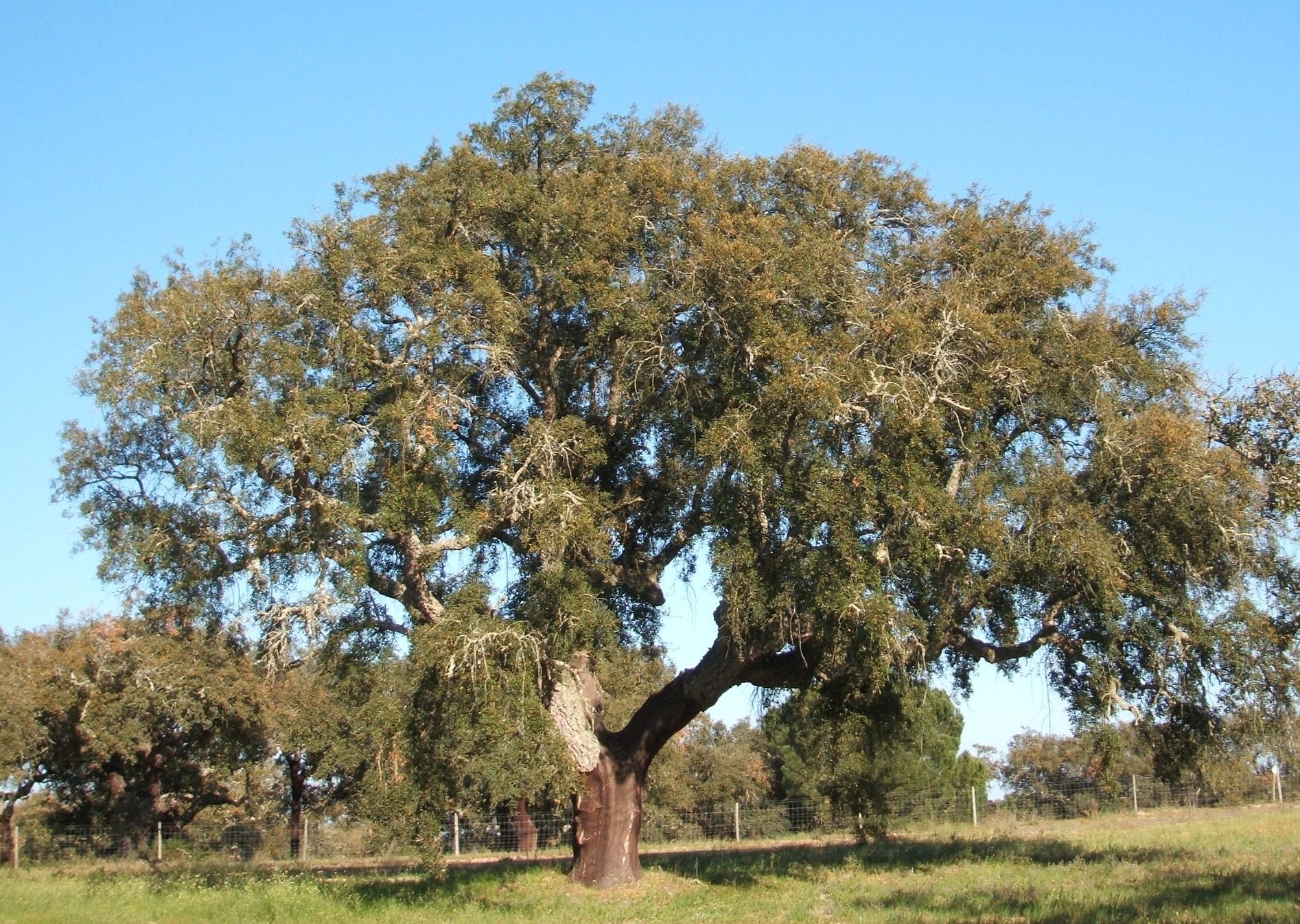
Boar.

Fallow.

Stork.

Vulture.

CONTINENTAL.
Taiga.The zone of forest vegetation lying on wet soils between the tundra in the north
and steppe hardwood.
Forest in the south.

Firs.

Steepe.Is an ecoregion,in the montane grasslands and shrublands and temperate grasslands, savannas, and shrublands biomes, characterized by grassland plainswithout trees apart from those near
rivers and lakes
Steppes are usually characterized by a semi-arid and continental climate.

Here there're also brown bear,wolf,marten,mink,deer and raptors.



ALPINE.
Alpine pastures.

Here there're also deer,wolf,bear,chamois,marmot and eagles.
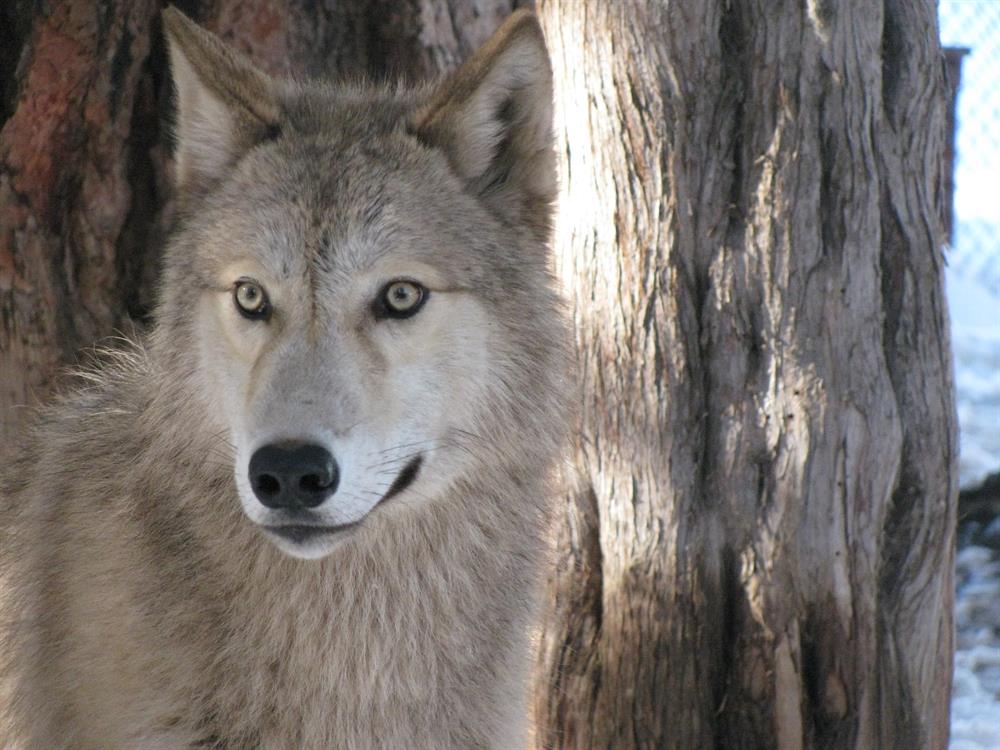
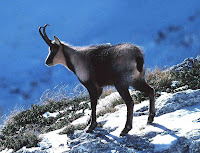
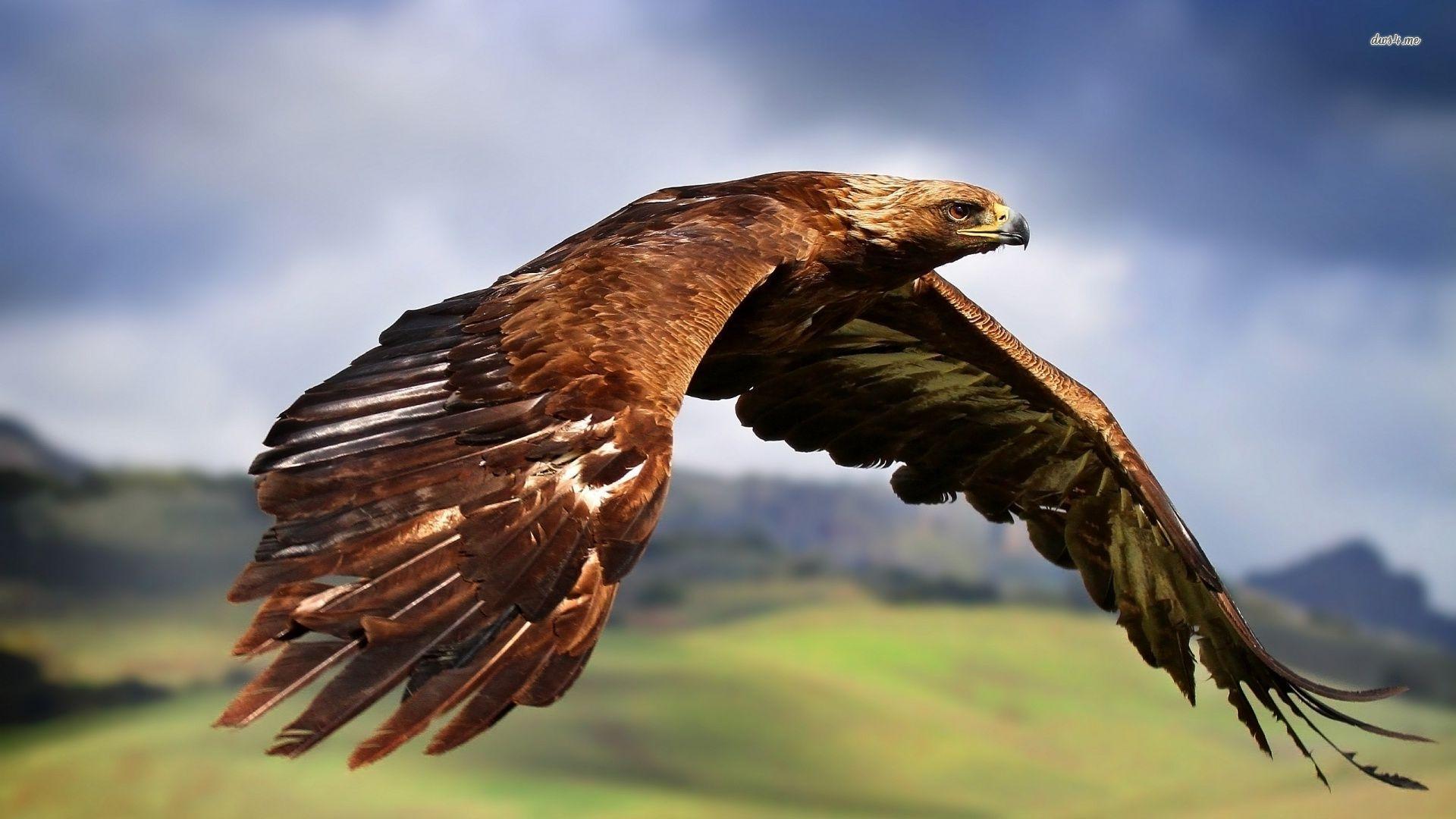
POLAR.
Tundra. Is a biome where the tree growth ishindered by low temperatures and
short growing seasons.

Here there're also reindeer, seal and whale.



CLIMATE AND BIOGEOGRAPHY IN SPAIN
Spain has an oceanic or Mediterranean climate on the peninsula,an Alpine climate in the higher regions and a Subtropical or Canarian climate in the Canary Islands.
- THE CANTABRIAN COAST AND GALICIA. Has a maritime climate consisting of cool winters and mild summers,with a little variation of temperatures and with rain throughout the year.
- THE MEDITERRANEAN COAST AND SHOUTHEAST ANDALUCÍA. Has the highest temperatures in Europe.Precipitation is low and irregular.
- THE INTERIOR OF THE PENINSULA. It is characterised by large contrasts in temperature (very hot summers and very cold winters).Precipitation is low and irregular.
- ALPINE CLIMATE. This has abundant precipitation and low temperatures,but it varies between the mountain ranges of the North and of the South.
- CANARIAN OR SUBTROPICAL CLIMATE. Is hot and dry, there are significant differences between the semi-desert eastern islands and the more humid western ones.
MARITIME.
Maritime forests.
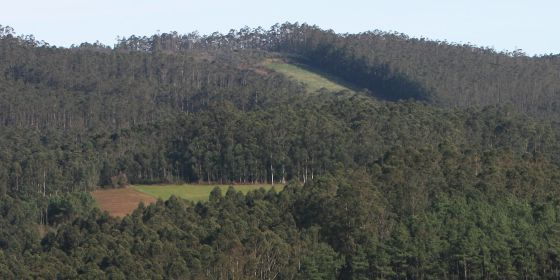
Here there're also fox,brown bear,wildcat and capercaillie.

MEDITERRANEAN.
Clear forests (pine)
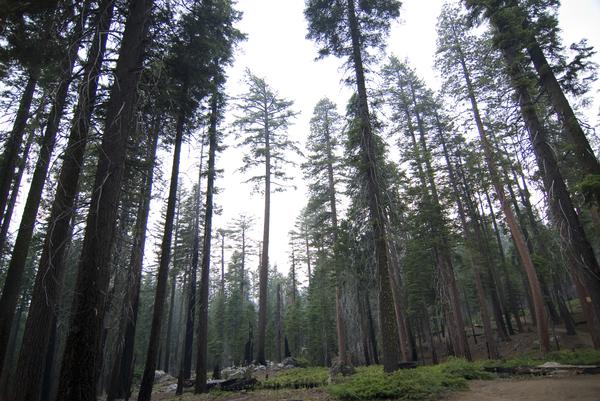
Meadows (holm oak and cork oak)


Bush.

Pine.

Here there're also fox,rabbit.fallow deer,partridge and falcons.

)

ALPINE.
Alpine pastures.
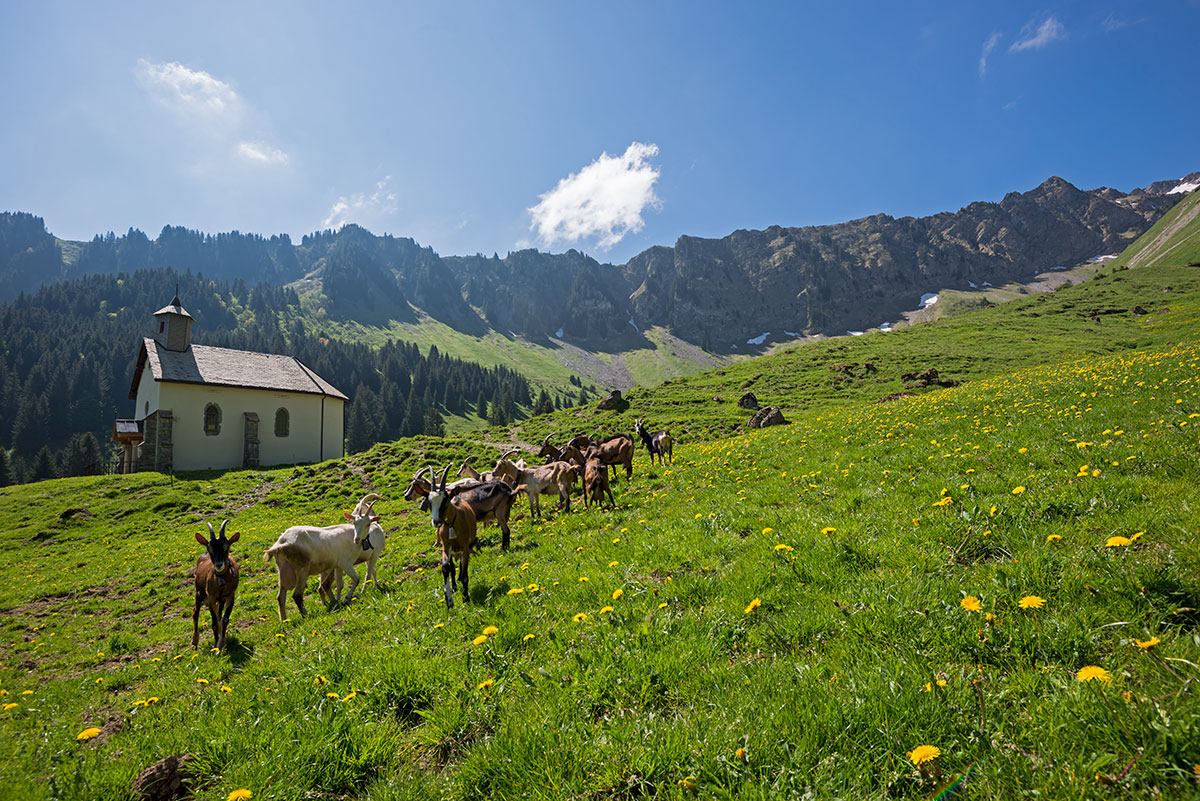
Here there're also marmot,eagles and wolfs.
CANARIAN.
Dragon tree.
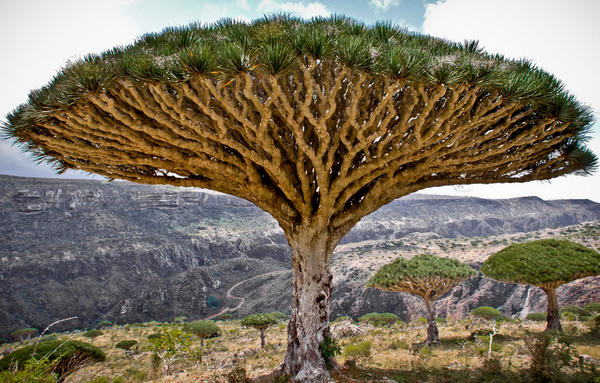
Laurel forest.
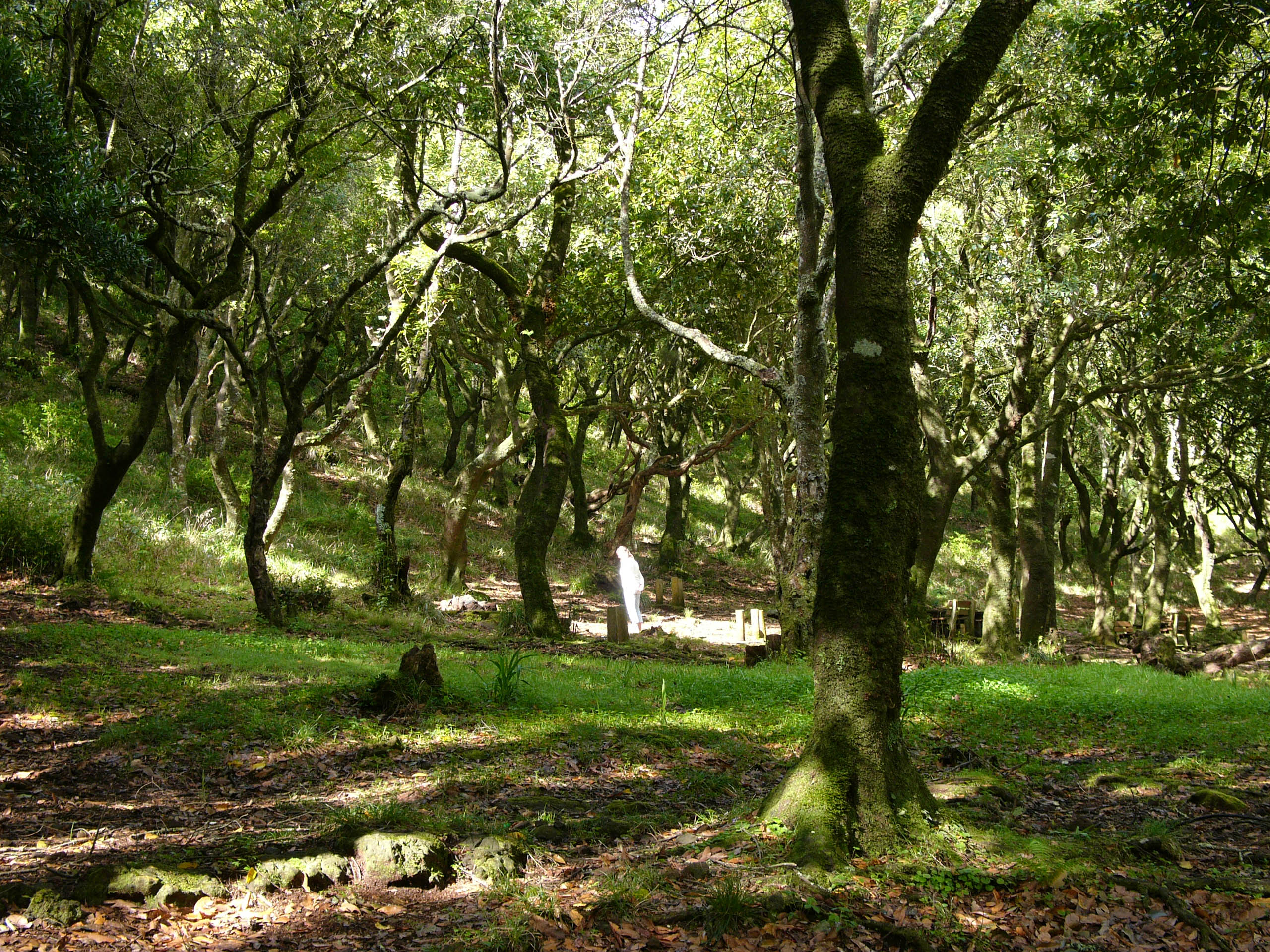
Here there're also Tizon lizard,dove, turkey and gulls.







